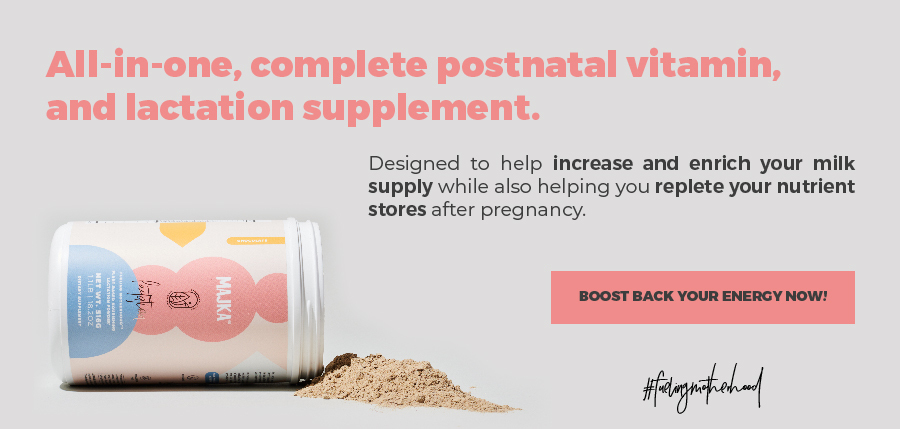
Many of us have heard of vitamin D since it started getting more attention in recent years. Let’s talk about vitamin D, specifically what its role is in our body and how it relates to breast health and breastfeeding.
So what’s all the hype about vitamin D, you ask? Well, vitamin D plays many vital roles in our body. It helps our immune system function properly, aids in cancer prevention, reduces inflammation, helps build bone, and even helps improve our mood.
Vitamin D is actually a hormone that is made when our skin is exposed to sun (which is then activated by the liver and kidneys). We can also get it from certain foods, but the sun is our main source for synthesizing vitamin D.
It is estimated that over 40% of American adults are vitamin D deficient, with rates even higher for black and Hispanic Americans. Individuals with darker skin tones do not make as much vitamin D when exposed to sunlight, and those of us who cover up or use sunscreen also inhibit our body’s synthesis. Some common symptoms of low vitamin D include:
- Fatigue
- Muscle cramping/weakness
- Bone and joint pain
- Depressed mood
If you are experiencing some of these symptoms, you may want to reach out to your care provider for further evaluation. There are lab tests that can be done to check your levels, along with readily available supplements if you are diagnosed as having low vitamin D.
Optimal vitamin D levels can help protect against many diseases including diabetes, high blood pressure, infections, autoimmune disorders, multiple sclerosis, and even some types of cancer. Current research suggests that vitamin D helps support healthy breast tissue and may even help prevent breast cancer cells from growing. It’s amazing how much this one little hormone does in our body!
So, if you are breastfeeding, is your baby getting enough of this important nutrient? Currently, the American Academy of Pediatrics recommends exclusively breastfed infants receive 400 IU per day of vitamin D supplementation to prevent deficiency. This is because breast milk alone does not typically supply adequate amounts. There are many vitamin D supplements out there to achieve this – many of which you will only need to place one drop on your nipple once daily prior to feeding. A research study in 2015 also showed that when mothers took vitamin D3 supplements of 6400 IU/day or higher, infants received adequate vitamin D through breastmilk. You should always discuss this method with your doctor to see if it is right for you and your baby.
So Mama, this is your cue to go get a little sunshine! Many of us can make enough vitamin D from being in the sun for 10-60 minutes midday (a few times per week) during the spring and summer months. If you have darker skin tones, 1-2 hours may be needed. Just remember that more is not always better – we all know that sunburns can damage our skin, so play it smart! It is not recommended for babies, especially 6 months and younger, to be in direct sunlight. You can make sure your baby is getting their vitamin D by hanging in the shade and taking a supplement or getting it from your increased supplementation (if you doctor approves).
As always, this is for informational purposes only and should not be considered medical advice. Contact your care provider if you have any questions about vitamin D and to discuss the best way to ensure you and your baby are getting enough!
Heather Bazemore




